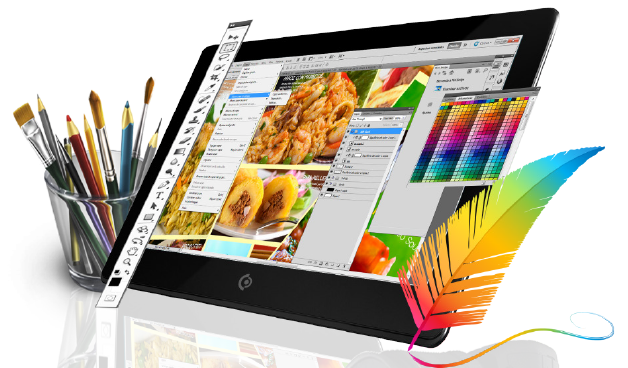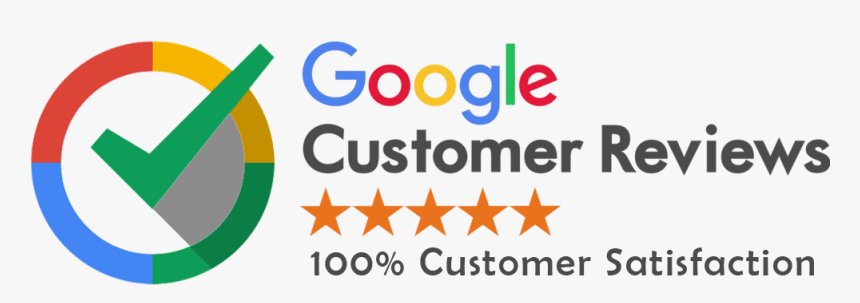14 Secrets Of Web Designing Everything You Need To Know Designing a website these days is no easy task. There are so many variables to consider, from the layout and graphics to the user experience and SEO. But with a little bit of knowledge and some helpful tips, you can create an amazing website that looks great and performs well. Read on for 14 secrets of web design that will help you achieve just that!
Key Secrets of Effective Web Design
1. Make navigation intuitive
The design is no longer just about visuals, it’s about usability too. One of the most important aspects of a website is how easy it is to navigate around the site. Help your users find their way around by using simple navigation menus and placing links in logical areas. For example, use right-aligned text for menu links and place them at the top of the page or along the left-hand side.
2. Use Typography to create a Hierarchy
Typeface can be used to create a sense of hierarchy on a web page, making some elements more important than others. Use different font weights, sizes, and colors to differentiate between headings, paragraphs, and other elements. Each typeface should add something subtle but distinctive to the overall design.
3. Use contrast for visual impact
Contrast is one of the most important concepts in web design, and it’s also one of the easiest ways to make a site stand out from its competitors. Just like with print design, you can use different colors and textures to create a high level of contrast on your web pages. This will make them more visually appealing and easier to read.
4. Use whitespace to your advantage
Whitespace, or negative space, is another important design principle that can be used to great effect on websites. By leaving areas of the page blank, you can focus attention on the areas where content is present. You can also use whitespace to help make elements such as text and graphics stand out more.
5. Limit choices
One of the biggest problems faced by web users is information overload, and this problem can be exacerbated by having too many hyperlinks on a page or too many navigation options in a menu. By limiting the number of choices you give your users, you can help them focus on what’s important and make it easier for them to find what they’re looking for.
6. Use graphics sparingly
Graphics are a great way to add visual interest to a website, but you don’t want to go overboard. Too many graphics can make a page look cluttered and busy, and can actually make it harder to read. Try to use graphics sparingly, and only where they really add value to the design.
7. Use color to create moods
Color is another important tool that web designers can use to create moods and emotions. Different colors can be used to convey different feelings, and it’s important to use them in the right way to create the desired effect. For example, using cool colors such as blues and greens can give a website a calm and professional feeling, while using warm colors such as reds and oranges can create a more energetic and vibrant feeling.
8. Use typography to add personality
The typeface is one of the most important tools that web designers have to create a unique and distinctive style. By using different typefaces, you can add personality and character to your website. Just be careful not to go too crazy with it – too many different fonts can make a site look disjointed and confusing.
9. Use multimedia content
Multimedia content is a great way to add interest and variety to a website. Videos, images, and audio can all be used to great effect, and they can help to convey your message in a more engaging way. Just make sure that the content is high quality and relevant to your target audience.
10. Use web fonts wisely
Web fonts are a great way to add personality to a website, but you need to use them wisely. Not all web fonts are suitable for body text, so try to use them only for headings and other display text. Also, be careful not to use too many different fonts – again, this can make a site look disjointed and confusing.
11. Use grids for layout
Grids are a great way to create a structured and professional-looking layout for your website. They can help you to align elements correctly and create a consistent look and feel across all of your pages.
12. Use animation sparingly
Animation can be a great way to add visual interest to a website, but you need to use it sparingly. Too much animation can make a page look busy and overwhelming, and can actually be quite distracting. Try to use animation only where it really adds value to the design.
13. Use responsive design
Responsive design is a must-have these days, as more and more people are accessing websites on mobile devices. By using responsive design, you can ensure that your website looks great on all devices, regardless of screen size or resolution.
14. TEST,
The best way to make sure that your website is looking and performing its best is to test it constantly. Make sure to test on different devices and browsers, and pay close attention to how the site looks and performs on mobile devices. Also, test often – you can never be too sure that everything is working correctly!





